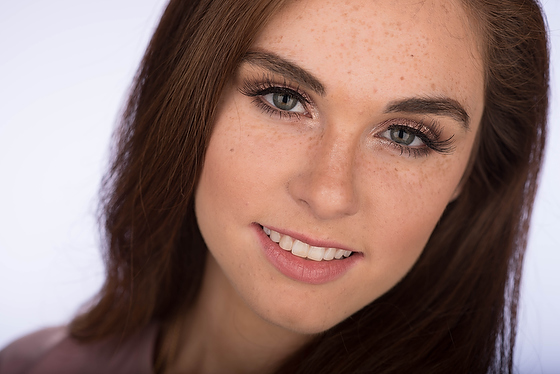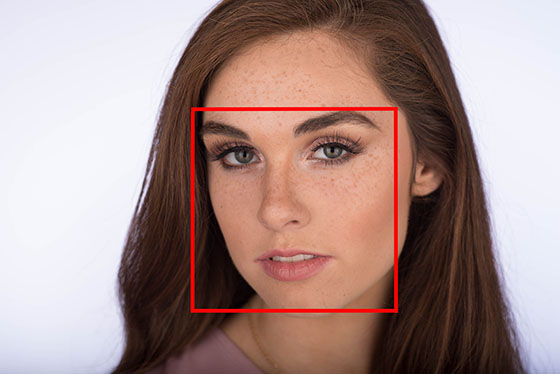 |
| Former Mayor Shirley Franklin is the keynote speaker to the Islamic Speakers Bureau "Building Bridges Awards Dinner" a the Hyatt Regency in downtown Atlanta on Saturday November 14, 2015. [Nikon D4, Sigma 120-300mm ƒ/2.8 DG OS HSM | S, Sigma TC-2001 2x, ISO 2800, ƒ/5.6, 1/100] |
I wrote this as a post on a forum for predominately journalists who are being laid off and having to find a new job. I just thought after writing this it would make for a good blog post here.
Finding ones purpose in life is what figuring out your Plan for Life. For those of us growing up where your parents could follow a well worn path of those before them that others clearly understood, then you are the ones thinking more about things as a Plan B episode.
However, if you are someone who grew up with your parents lives coming apart due to layoffs and job losses you are not looking at those ruts in the road for a path to success. You are the generation that is not bound by the golden handcuffs of corporations that kept their promises, which kept you employed and taken care of like generations past.
You are the generation that understood that you were called to a profession and not to an industry. Your generation is not looking to be committed to a corporation, but rather to the ideals of the profession. You may pursue being a nurse rather than working at a local hospital.
Journalists are one of the professions that have followed what other industries like textiles, car manufacturing and other trades went through in the 1970’s and 1980’s where factories shut down and those jobs disappeared.
Many of those trades were very specific and with some training these same people who were gifted in problem solving found their core gifts and then learned how to apply these with a different industry.
I believe that storytelling is at an all time high and growing by leaps and bounds. Storytelling is the core skill to the journalist.
For many journalists their “Plan A” was to be employed as a journalist, which meant being part of the journalism profession.
If you are able to examine those core gifts and discover you are a storyteller then there are many places, industries that is, that you can serve and offer your talent.
Here are some storytelling things I am doing for other places than my roots in photojournalism at a newspaper.
- I am doing a series of “Getting to know you …” multimedia packages where we interview an employee of a company and in 2 to 3 minutes we capture what they do for the company and something about them that is unique to them. Great example of all those feature packages I did for newspapers.
- I have covered many natural disasters like Hurricane Sandy, Moore Oklahoma and Joplin Tornadoes for a company that goes to those communities and volunteers helping them rebuild. Very similar to those breaking news events I did in newspaper days.
- I have also covered multiple hurricanes and tornado destruction for nonprofits that are also responding to disasters.
- I have been covering sporting events for corporations for many years just as I would have done for wire services and newspapers in my past.
“Now where do I find these nonprofits and corporations that will hire me?” is the question I am often asked.
 |
| Former President Jimmy Carter teaching Sunday School at Marantha Baptist Church in Plains, GA on August 23, 2015. Many are like Carter in that they needed to have a job for the ability to then do their next job. Many say Carter used the job as President of the United States as a stepping stone to greater things. [Nikon D750, AF-S NIKKOR 28-300mm f/3.5-5.6G ED VR, ISO 7200, ƒ/5.6, 1/500] |
The answer to this question is most likely your “Plan B” that you will need to pursue. If you are coming from working as a journalist then you need to put on your investigative hat. This is where you are ASKING QUESTIONS. You are not TELLING PEOPLE WHAT YOU DO AND PLEASE HIRE ME.
The largest fault I see in many journalists is their tendency to think of their work as MY STORY. It really never was your story. You just helped someone else tell THEIR story better than they could.
Ask questions about what a company is doing or what a nonprofit does. Ask them how they get their funds to run and who is their audience. What problems are they solving for our communities.
Then don’t ask them as much as ask you, “What can I do with storytelling that will help them connect their solutions with their audience?”
The best journalists question for most any organization that you are used to asking is WHY?
Your Plan B should have been your Plan A, which is your ability to ask those questions and uncover truth. You are a storyteller that continues to shape our communities. You just will do it through another industry. Once you understand that your skills are still needed, but the problem has been you are focused too much on an industry rather than your core profession you will start to see the possibilities all around you.
The answer to Plan B is really your ability to ask the question WHY?


















































